30 years of stunning photos show why NASA is fighting to save its Hubble Space Telescope from a mysterious glitch
Morgan McFall-Johnsen

- NASA is trying to fix the Hubble Space Telescope after a mysterious glitch took it offline more than two weeks ago.
- Hubble is the world's most powerful space telescope. During its three decades in orbit, it has helped astronomers calculate the age and expansion of the universe, study far-away planets, and probe the secrets of dark matter.
- In that time, the iconic observatory has also amassed a portfolio of stunning photos of the cosmos, showing exploding stars, webs of dust and gas where new stars are born, and galaxies almost as old as the universe itself.
- Below is a selection of Hubble's highlights.
The Hubble Space Telescope has been hibernating for nearly three weeks, as NASA troubleshoots a mysterious error that forced it offline.
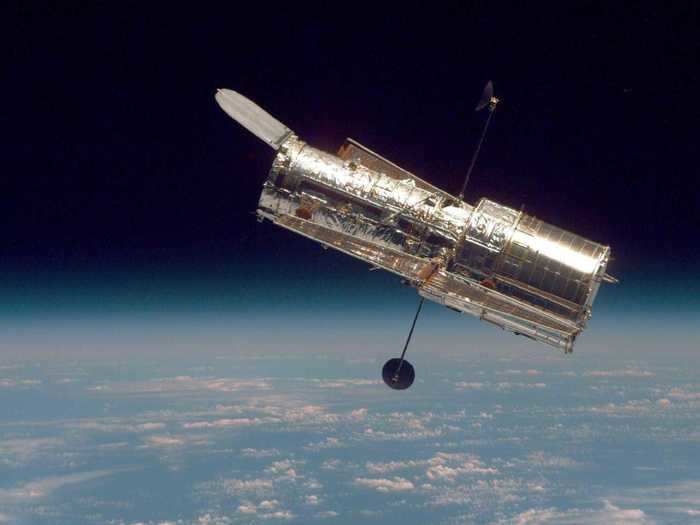
The telescope's payload computer suddenly stopped working on June 13. That computer, built in the 1980s, is like Hubble's brain — it controls and monitors all the science instruments on the spacecraft. NASA has tried and failed to bring it back online four times.
The Hubble team has since determined that the computer may not be the problem. The team is still running diagnostics and assessing other parts of the telescope. If NASA can't fix the issue, Hubble should be able to switch to backup hardware. But the telescope hasn't been upgraded since the last astronauts serviced it in 2009.
Hubble is the world's most powerful space telescope. In three decades of observing the cosmos in exquisite detail, it has fundamentally changed our understanding of the universe.
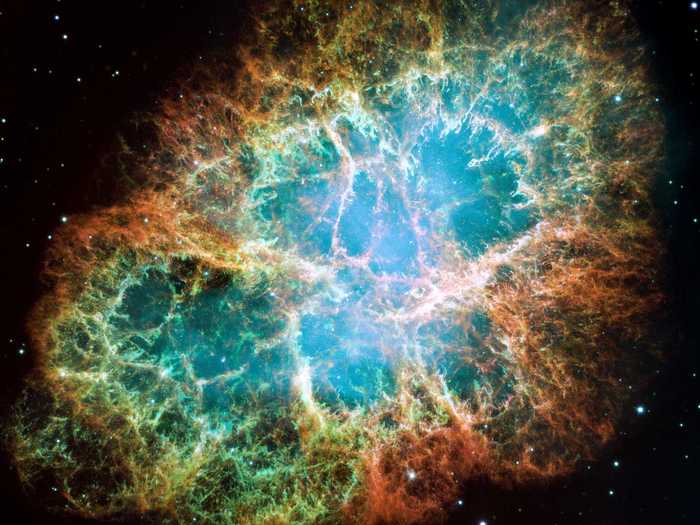
"Hubble is one of NASA's most important astrophysics missions. It's been operating for over 31 years, and NASA is hopeful it will last for many more years," a NASA spokesperson told Insider. "From a perspective of the value of Hubble to the scientific community, it is still the most powerful telescope available, so age is not a decision-making factor."
The Space Shuttle Discovery carried Hubble into orbit in April 1990, the start of its 30 years of revolutionary astronomy.
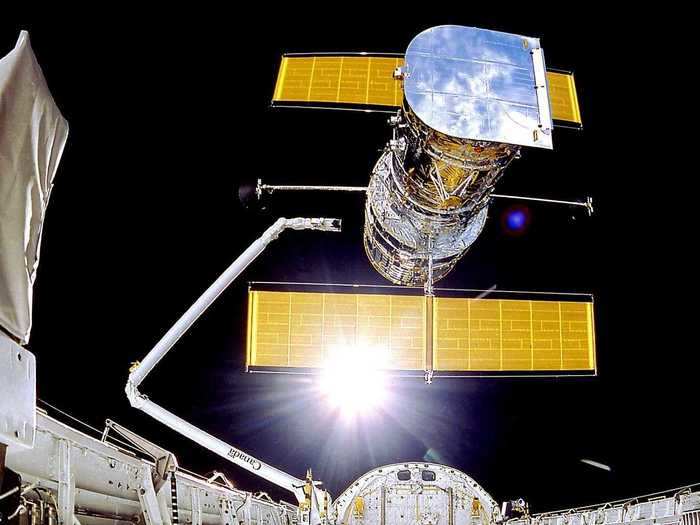
The observatory has studied planets beyond our solar system, distant galaxies, and the mysterious dark matter that seems to permeate the universe.
Until it went offline, Hubble was continuing to make stunning observations of the cosmos on a monthly basis.
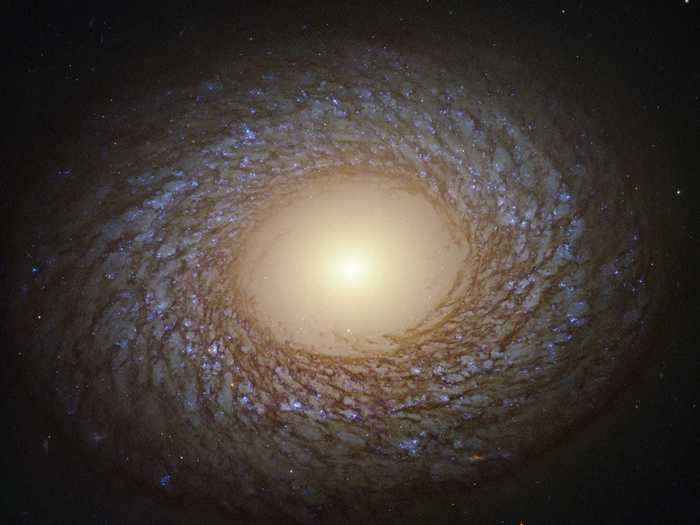
Altogether, the telescope has made more than 1 million scientific observations.
The result is a portfolio of awe-inspiring images of the most dramatic landscapes in our universe - clouds of incubating stars, massive explosions, and galaxies of all shapes and sizes.
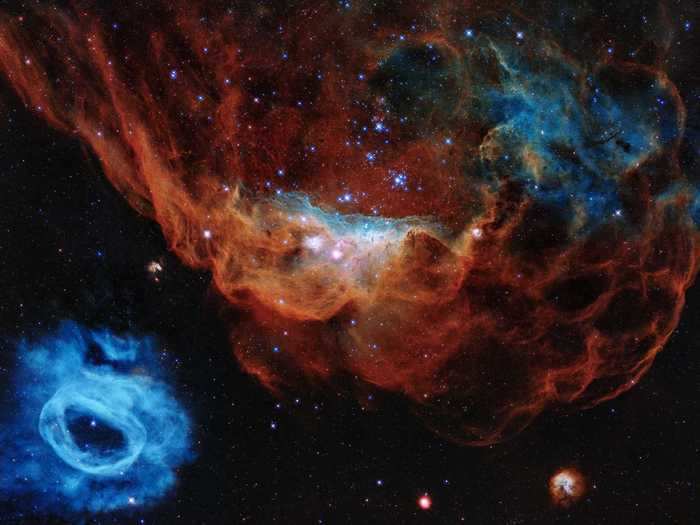
Hubble's camera captures images in grayscale, but NASA adds color after downloading the imagery — often in order to highlight particular features or chemical elements as the human eye might see them.
Hubble has also zoomed in on the planets of our solar system to capture new features and details on their surfaces.

The space observatory has created portraits of Jupiter, imaged an enormous vortex raging on Neptune, and illustrated the seasons of Saturn.
One of Hubble's most iconic images, from its Deep Field project, offers one of our widest, deepest portraits of the visible universe.
The further away a galaxy is, the further its light has to travel to reach us, so the older that light is when we look at it. That's why cosmic distances are measured in light-years.
Hubble can peer so far across the universe that it captures light from galaxies that formed just 500 million years after the Big Bang. That's how old some of the hundreds of thousands of galaxies in the telescope's Deep Field images are.
Hubble has come a long way over the last 31 years, though. This was the first photo it took after launch.
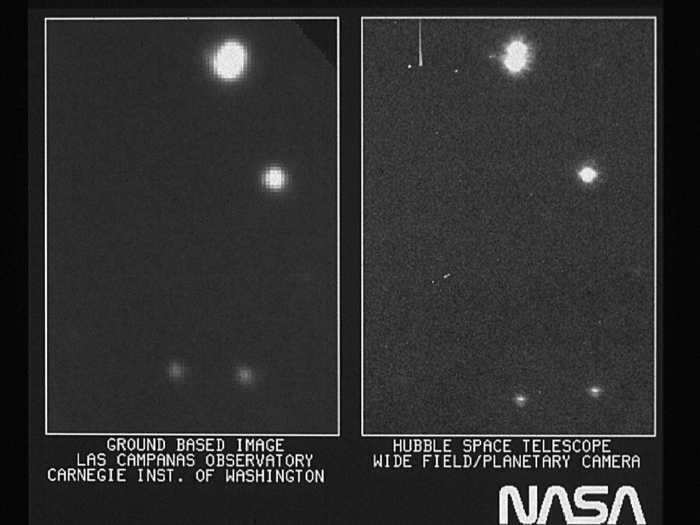
This first Hubble image was much clearer than a telescope on the ground, but it pales in comparison to the observatory's later masterpieces.
Shortly after launch, NASA discovered that a flaw in Hubble's primary mirror was marring its images. So in 1993, astronauts launched into space to repair the telescope.
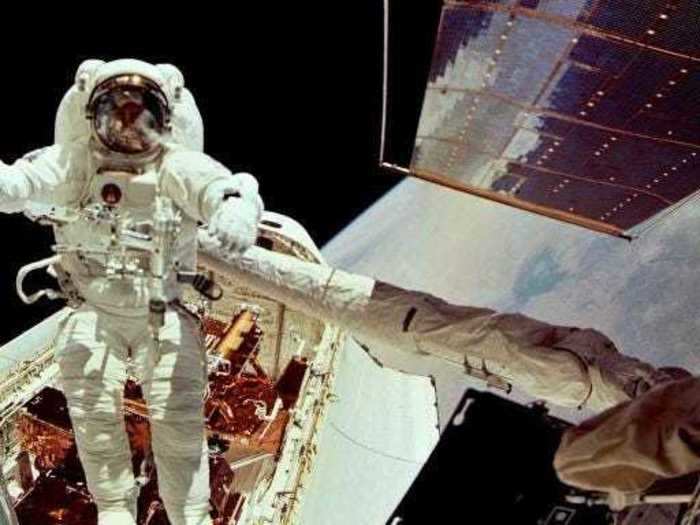
Hubble is the first space telescope designed for in-orbit servicing. All in all, astronauts have launched to the telescope five times for maintenance, upgrades, and repairs.
But since NASA retired the Space Shuttles in 2011, it hasn't had any spaceships that can travel to Hubble.
One star-birthing formation became particularly famous after Hubble photographed it in 1995. These tendrils of gas and dust are called the Pillars of Creation.
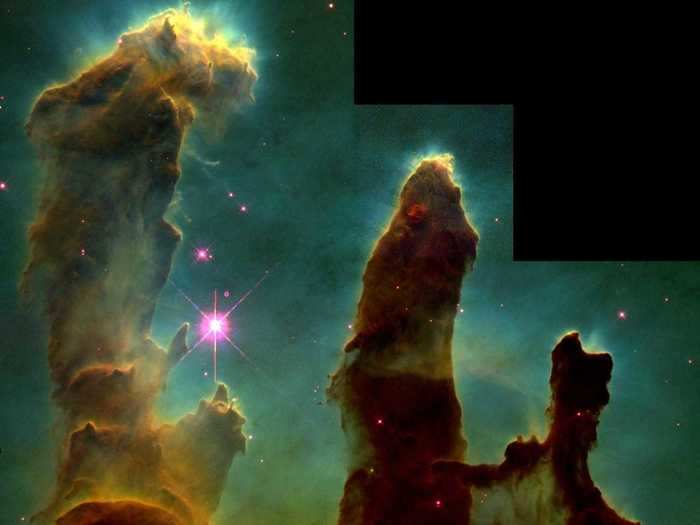
The pillars are part of the Eagle Nebula, which is about 6,500 light-years away. They shroud a stellar nursery — where new stars are constantly forming from clouds of gas and dust.
The upper right corner of this photo is step-shaped due to the shape of Hubble's camera at the time.
Hubble has turned its lens back to the pillars several times since 1995, capturing them in more color and detail each time.
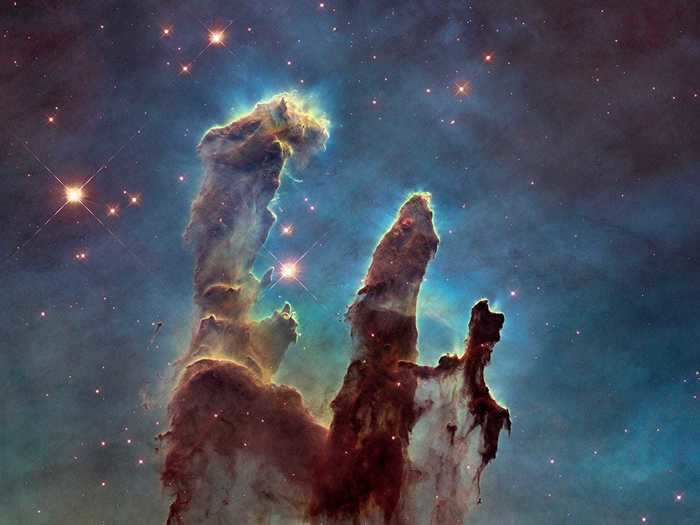
Flows of electrically charged particles from a cluster of young stars located just outside the frame of this image are slowly eroding the pillars.
Hubble has even imaged the pillars in near-infrared light - revealing the newborn stars hidden in the dust.
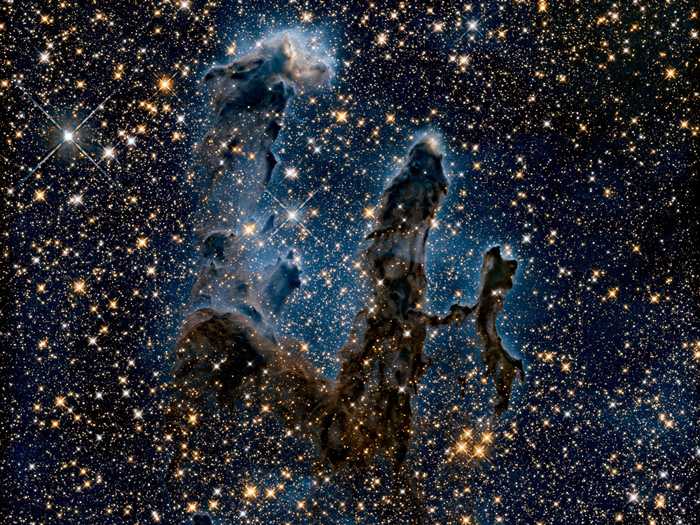
Near-infrared light, which has wavelengths longer than visible light, makes dust transparent.
In 1998, astronomers using Hubble discovered that the universe has continued to expand faster and faster since the Big Bang.
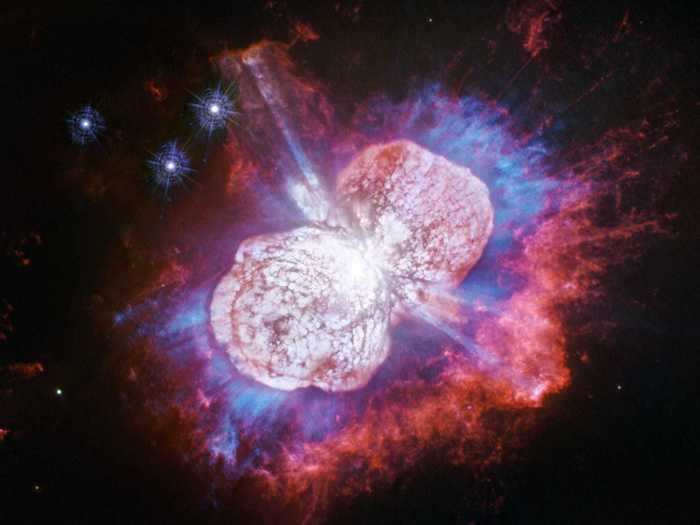
Previously, scientists assumed that the universe expanded rapidly after the Big Bang but slowed down as time wore on. However, by using Hubble to peer at dying stars far away — near the beginning of the universe — astronomers discovered that there isn't enough matter in the universe for gravity to stop it from expanding. Therefore, the universe's expansion will keep speeding up.
The researchers behind the discovery won a Nobel Prize in 2011.
Astronomers then used Hubble's observations to calculate how fast the universe is expanding - a measurement known as the Hubble Constant.
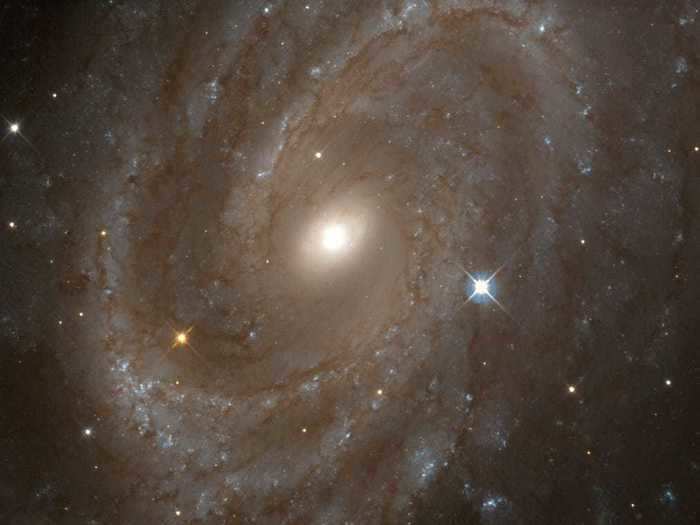
That measure (like the telescope) is named after Edwin Hubble, the astronomer who first discovered that galaxies speed away from us at faster rates when they're further away.
Calculating the Hubble Constant helped astronomers determine how old the universe is. Thanks to the telescope, they have a much better idea of the universe's age today — scientists think it's about 13.8 billion years old. The actual rate of its expansion is still up for debate, though.
"Before Hubble, astronomers could not decide if the universe was 10 billion or 20 billion years old," astronomer Wendy Freedman said in 1999.
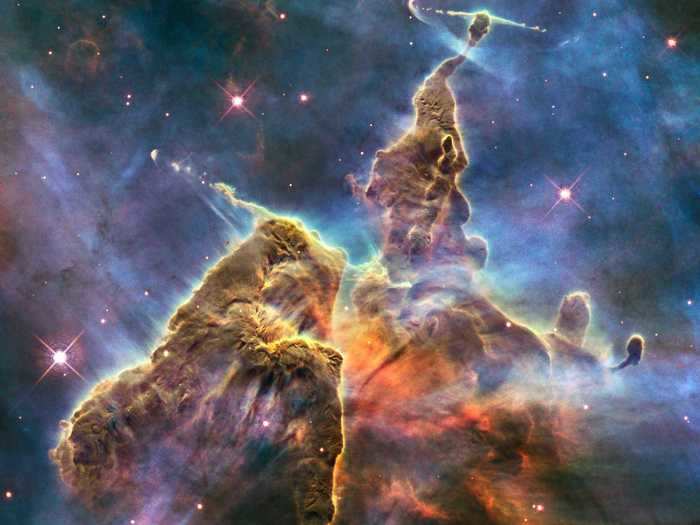
"The size scale of the universe had a range so vast that it didn't allow astronomers to confront with any certainty many of the most basic questions about the origin and eventual fate of the cosmos," Freedman, an astrophysicist who led the team that measured the Hubble Constant, said in a 1999 press release. "After all these years, we are finally entering an era of precision cosmology. Now we can more reliably address the broader picture of the universe's origin, evolution and destiny."
In 2005, Hubble spotted two previously undetected moons circling Pluto.
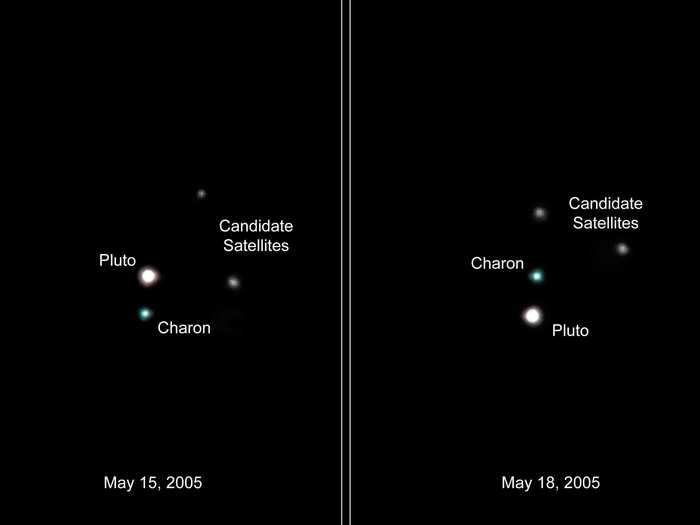
Ground-based telescopes had spotted just one Pluto moon: Charon. Astronomers named the new moons Hydra and Nix.
Then just a year later, Hubble spotted a new object in the Kuiper Belt that was larger than Pluto, which threw its status as a planet into question. (Pluto is now considered a dwarf planet.)
Planets circling other stars are too far away and too small for Hubble to photograph. But the telescope has nonetheless made important discoveries about these exoplanets.
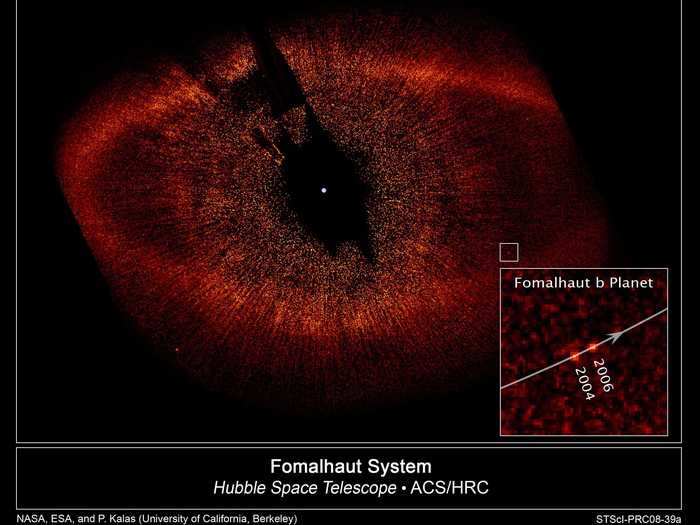
Hubble has detected organic molecules and carbon dioxide on planets orbiting other stars — the first observations like that ever made. It also captured an exoplanet in visible light for the first time in the mid-2000s.
In 2019, Hubble found evidence of water vapor on an exoplanet — another major first in the search for alien life. Some scientists think that planet could be habitable.
Hubble has also given scientists some of their best data on dark matter.
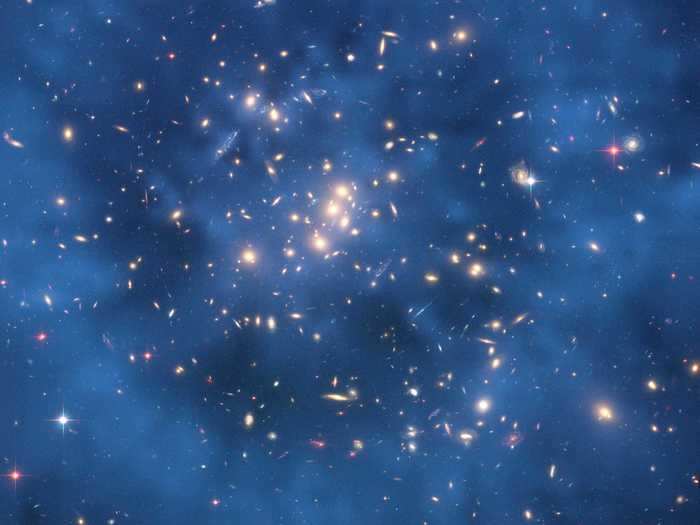
Hubble allowed astronomers to map the distribution of dark matter throughout the universe.
In recent years, one team of scientists has used Hubble to study a galaxy that doesn't appear to contain any dark matter at all. Since dark matter was previously thought to be like glue holding the universe together, this galaxy could throw everything into question.
Hubble also imaged the first known interstellar comet to zoom through our solar system.

The comet, known as 2I/Borisov, came from another star system and hurtled past the sun at speeds of 110,000 miles per hour. It didn't get closer to Earth than 190 million miles (300 million kilometers), but Hubble spotted it anyway.
Hubble could still have years of science ahead of it. NASA hopes to keep the telescope alive well into the 2020s.
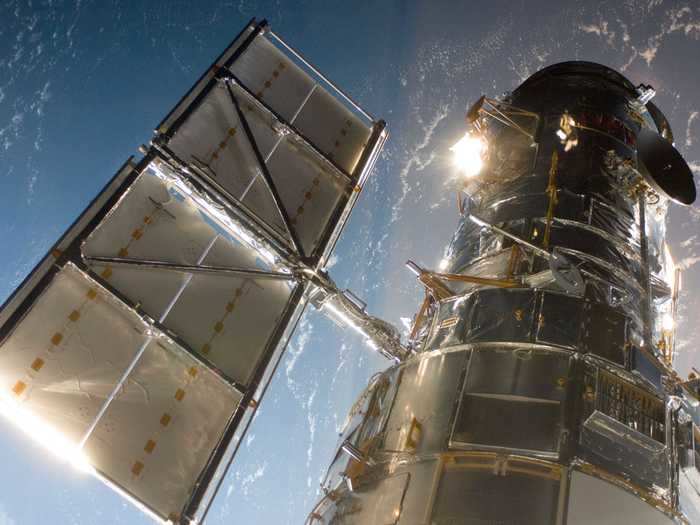
But to do that, the Hubble team needs to figure out what's causing the recent glitch. It hopes to identify the culprit this week.
Paul Hertz, NASA's director of astrophysics, told NPR that the slow diagnostic process can mostly be chalked up to "the inefficiency of trying to fix something which is orbiting 400 miles over your head instead of in your laboratory."
"If this computer were in the lab, we'd be hooking up monitors and testing the inputs and outputs all over the place, and would be really quick to diagnose it," he said. "The problem is we can't touch it or see it."
READ MORE ARTICLES ON
Popular Right Now
Popular Keywords
Advertisement